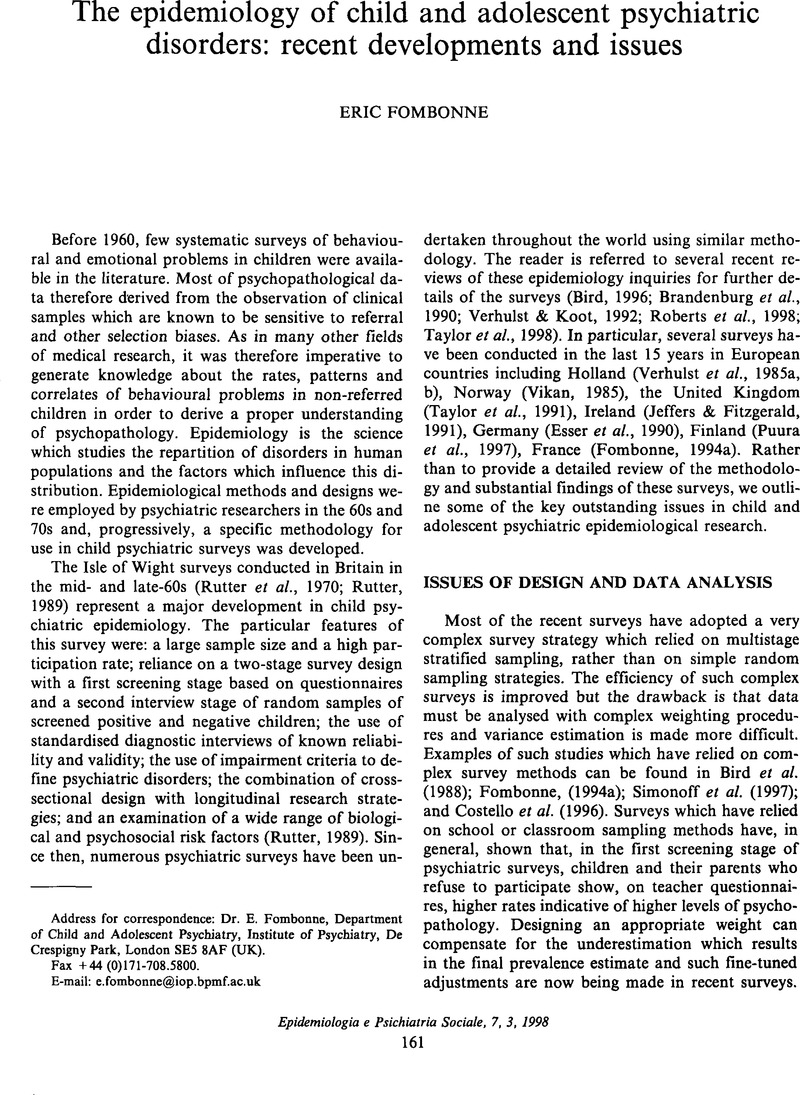Crossref Citations
This article has been cited by the following publications. This list is generated based on data provided by Crossref.
2002.
An Atlas of Depression.
Muhle, Rebecca
Trentacoste, Stephanie V.
and
Rapin, Isabelle
2004.
The Genetics of Autism.
Pediatrics,
Vol. 113,
Issue. 5,
p.
e472.
Avdjieva-Tzavella, D
2008.
Genetic and Non Genetic Aspects of Autism Spectrum Disorders.
Balkan Journal of Medical Genetics,
Vol. 11,
Issue. 1,
p.
3.
Costello, E. Jane
Copeland, William
and
Angold, Adrian
2011.
Trends in psychopathology across the adolescent years: What changes when children become adolescents, and when adolescents become adults?.
Journal of Child Psychology and Psychiatry,
Vol. 52,
Issue. 10,
p.
1015.
Ouhtit, Allal
Al-Farsi, Yahya M.
Gupta, Ishita
Waly, Mostafa I.
and
Al-Sharbati, Marwan M.
2014.
Comprehensive Guide to Autism.
p.
27.
Pírez-Mora, G.
Herrera-Rodríguez, J.
and
Alemán-Gutiérrez, B.
2024.
Trastorno por Déficit de Atención e Hiperactividad y Trastorno del Espectro del Autismo: análisis del grado de coincidencia diagnóstica entre los centros de salud y las unidades de Salud Mental Infanto- Juvenil.
Revista de Psiquiatría Infanto-Juvenil,
Vol. 41,
Issue. 3,
p.
13.



